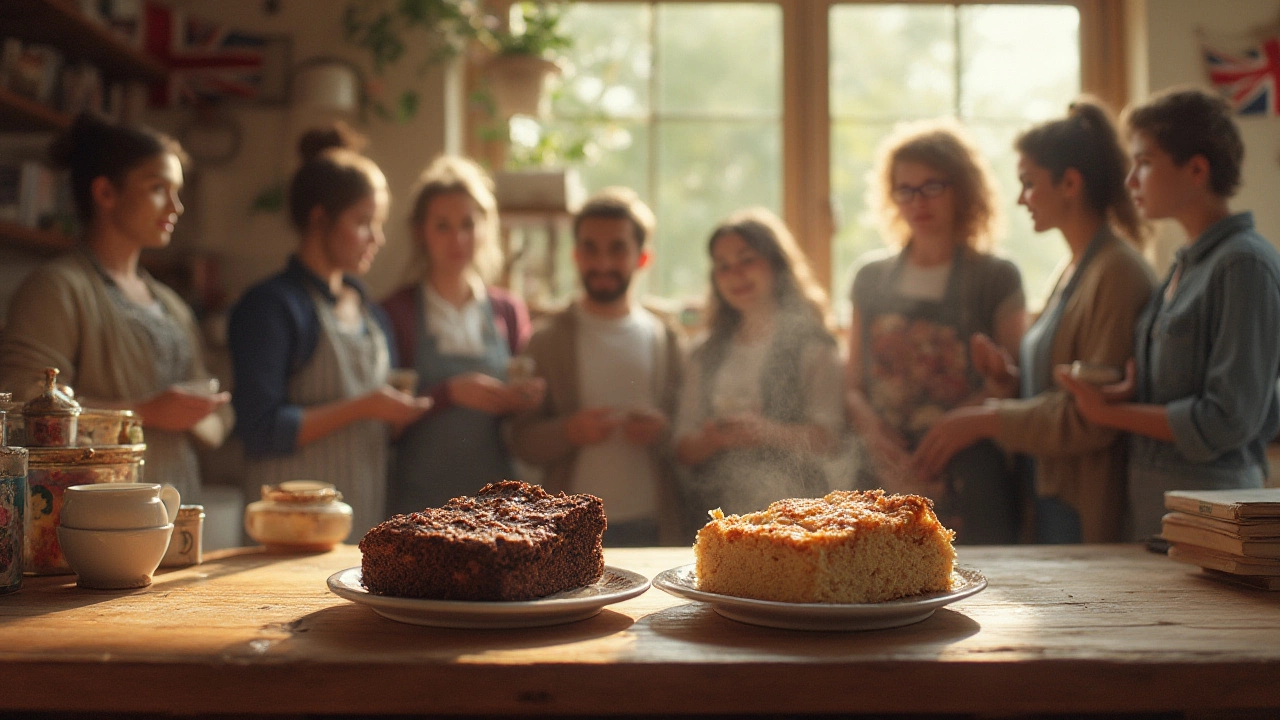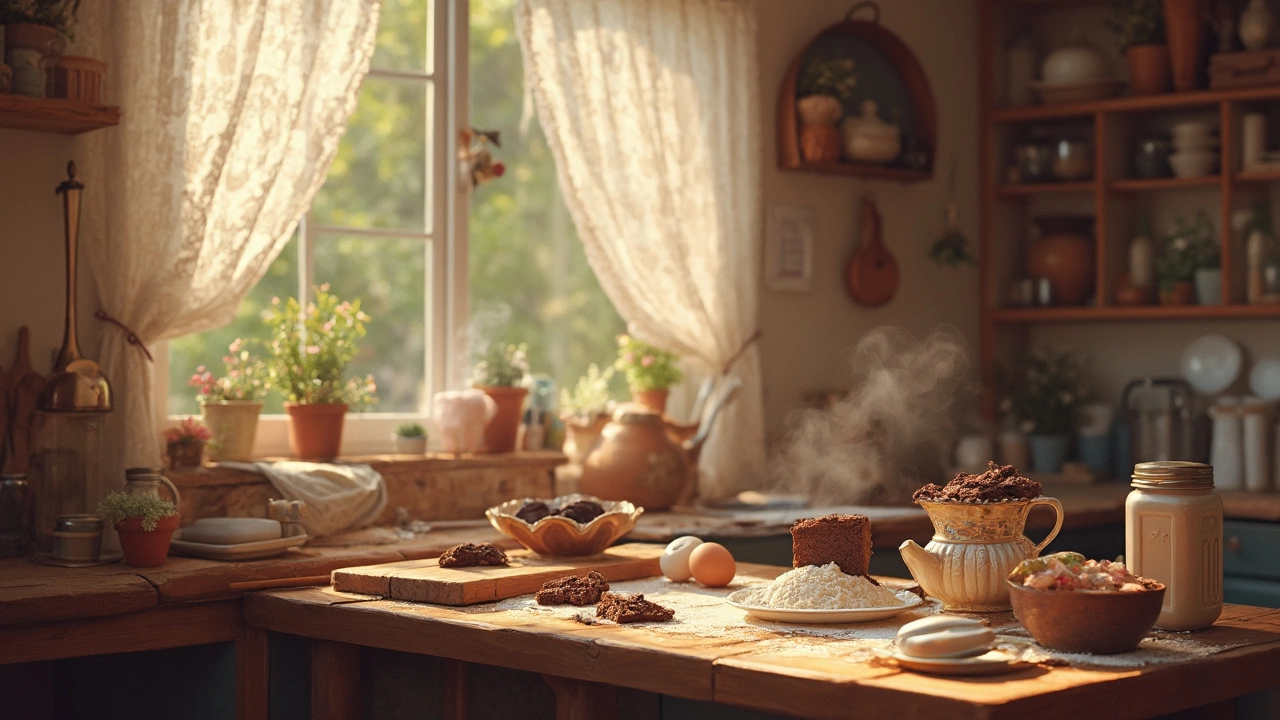
Brownies: Should They Be Fudgy or Cakey? Ultimate Guide
Are brownies supposed to be fudgy or cakey? This guide covers the science, preferences, baking tips, and recipes to master your perfect brownie texture.
Ever wonder why some brownies melt in your mouth while others feel like a dense cake? The secret lies in a few simple tweaks to ingredients, mixing, and baking. Below you’ll find straight‑forward advice that lets you dial in the exact texture you crave.
Chewy brownies get their stretch from a higher ratio of sugar to flour and a good amount of melted butter or oil. The sugar keeps the crumb flexible, while the fat adds richness. For a fudgy bite, swap half the butter for melted chocolate and cut the flour down to just 1/4 cup per batch. The extra chocolate creates that dense, melt‑in‑your‑mouth feel.
If you prefer a cakey texture, think more cake batter than cookie dough. Increase the flour to 3/4 cup, add a teaspoon of baking powder, and use eggs at room temperature. The extra leavening lifts the batter, giving a lighter crumb that still holds the chocolate flavor.
Even the best‑made brownies can go sad if you store them wrong. For chewy or fudgy brownies, wrap them tightly in plastic wrap while still warm, then place in an airtight container. This locks in moisture and prevents a rubbery crust.
Cakey brownies stay softer when stored at room temperature in a loosely covered tin. If you need to keep them longer, a single layer of parchment between each piece and a zip‑top bag in the fridge works great. Freeze them for up to three months; just let them thaw in the fridge before unwrapping.
Wondering whether frosting changes texture? A thin glaze adds a glossy finish without altering the interior chew. Thick buttercream, however, adds extra fat that can make the top feel softer. Adjust your frosting thickness based on the texture you want to preserve.
Another quick fix for dry brownies is a light brush of simple syrup before serving. The syrup re‑hydrates the crumb without making it soggy, and it pairs nicely with a dusting of powdered sugar.
Don’t forget to check your oven’s true temperature. An oven that runs hot will over‑bake the edges, turning a chewy brownie into a crunchy one. Use an oven thermometer and set the bake time a few minutes shorter than the recipe says; you can always add a minute if needed.Finally, let your brownies cool completely on a wire rack before cutting. Cutting too early releases steam, which can cause the crumb to become gummy instead of set.
With these tweaks you can master every brownie texture—chewy, fudgy, or cakey—without trial and error. Try one change at a time, note the result, and soon you’ll know exactly how to get the perfect bite every time.

Are brownies supposed to be fudgy or cakey? This guide covers the science, preferences, baking tips, and recipes to master your perfect brownie texture.

Ever wondered why your perfectly baked brownies turn rock solid after cooling? This article explores the science behind this frustrating transformation, highlighting common mistakes and providing practical tips to keep your brownies soft and chewy. Learn about the role of ingredients, baking times, and storage techniques in maintaining that delightful texture. Discover how even a slight tweak can prevent your brownies from hardening, ensuring each bite remains as delicious as the first.